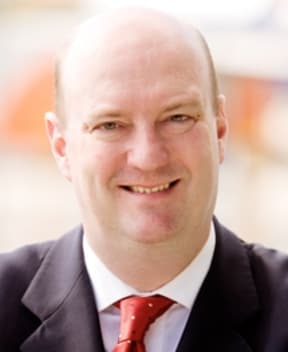Business New Zealand says firms will be willing to invest more in research and development if they're confident the new Advanced Technology Institute can help them.
The institute, expected to be up and running by the beginning of December, aims to improve links between the mainly public research bodies and private sector to develop new, leading edge products.
It will target the $38 billion a year manufacturing and services sector.
Business New Zealand chief executive Phil O'Reilly says the new body should bring firms closer to researchers and to experts in business development, intellectual property and overseas markets.

Phil O'Reilly. Photo: BUSINESS NEW ZEALAND
He says the target should be that for every dollar of taxpayer money that goes into the institute, four or five private sector dollars should be unleashed.
Mr O'Reilly says the current arrangements that link research, trade and business groups haven't quite worked.
He says more firms realise cost-cutting is not enough to survive long term, and now it's about developing new products and services.
Mr O'Reilly says bringing business and science closer together, and supporting business-led growth in new technologies, will give firms confidence to invest more.
'Positive move'
The head of Endeavour Capital, Neville Jordan, says the new body will include the public research and expertise that's in New Zealand and available for firms to assess.
He says people will be surprised at the level of demand from institutions in intellectual property or problem solving.
Mr Jordan says having one institution to bring the area together will be a very positive move.
He says leadership is crucial, and he favours someone who's had experience of commercialising products with an engineering or science background.
Izon executive chairman Hans van der Voorn agrees, though he's concerned the institute could end up being more bureaucratic than entrepreneurial.
He says the innovation sector is mainly in the private rather than the public sector.
Mr van der Voorn says it's crucial the institute can also take risks, including funding start-up ideas.
Mr Jordan says the institute should be viewed as a company, and the targets for success should be judged on that criteria.
He says for every $1 spent on research and development, it should see $10 on the topline after a five year period.
Science and Innovation Minister Steven Joyce says he's confident the new institute will be more effective in boosting research and development than a blanket tax credit.
But Council of Trade Unions chief economist Bill Rosenberg says one does not mean the exclusion of the other.
He says it's still worth encouraging firms to do their own R and D and some of that may be very specific to their own product lines rather than something that's necessarily done in a more generic research environment.
The institute will get $166 million over four years, and is expected to be up and running by the beginning of December.

